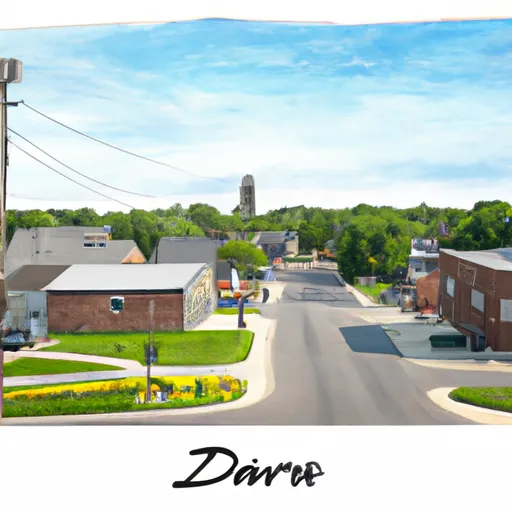°F
°F
mph
Windspeed
%
Humidity











Delmar, Iowa is a small town in Jackson County with a population of around 500. The climate in Delmar is typical of the Midwest, with hot summers and cold winters. The town is situated near the Wapsipinicon River, which provides hydrology constituents for the surrounding farmland. Outdoor recreation opportunities in the area include fishing, hiking, and camping in the nearby Maquoketa Caves State Park. The park includes over 13 miles of hiking trails, scenic overlooks, and 16 caves for exploring. Delmar is a quiet, rural community with plenty of opportunities to enjoy the natural beauty of the surrounding area.
Weather Forecast
Delmar receives approximately 909mm of rain per year, with humidity levels near 79% and air temperatures averaging around 9°C. Delmar has a plant hardyness factor of 5, meaning plants and agriculture in this region thrive during a short period during spring and early summer. Most plants will die off during the colder winter months.
Regional Streamflow Levels
1,730
Cubic Feet Per Second
3,220
Cubic Feet Per Second
3,010
Cubic Feet Per Second
444
Cubic Feet Per Second
Nearby Camping
| Camping Area | Reservations | Toilets | Showers |
|---|---|---|---|
| Tickfaw State Park | |||
| Rocky Springs - Natchez Trace Pkwy | |||
| South Recreation Composite | |||
| St. Peters 370 Lakeside Park | |||
| Babler Memorial State Park | |||
| Percy Quin State Park |



